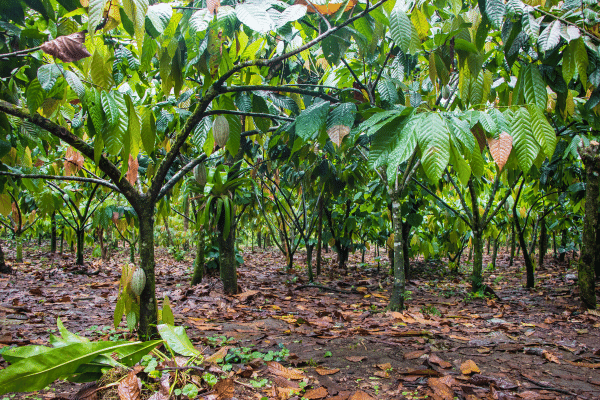Life is like a box of chocolates…and the Ivory Coast really didn’t know what it was going to get.
This year’s rainy season has been unusually dry for the past month, and it’s threatening the April-to-September cocoa mid-crop. The heavy downpours that normally characterize April to mid-November in this region are nowhere to be found, dampening farmers’ hopes for the crop. In fact, last week’s rainfall in the city of Soubre was 46.2 mm below the region’s five-year average, according to Reuters data.
In other regions, rainfall was equally MIA.
Why does the Ivory Coast cocoa matter so much? Well, the country produces about 40% of the world’s cocoa beans. And it’s not just this year’s crop in jeopardy: The dry spell could also spell a delayed crop next year.
Big picture: The world eats a lot of chocolate, to say the least (worldwide production averages about 4.7 million tons per year). But cocoa is also the Ivory Coast’s largest export, and the industry employs more than 6 million people.
The silver lining is the Ivory Coast has discovered an innovative way to utilize more of the cocoa plant. What would normally be waste is turned into renewable fuel — which not only helps produce electricity, but also sparks a new revenue stream for the 600,000 cocoa farmers in the country.
That news, at least, is pretty sweet.

